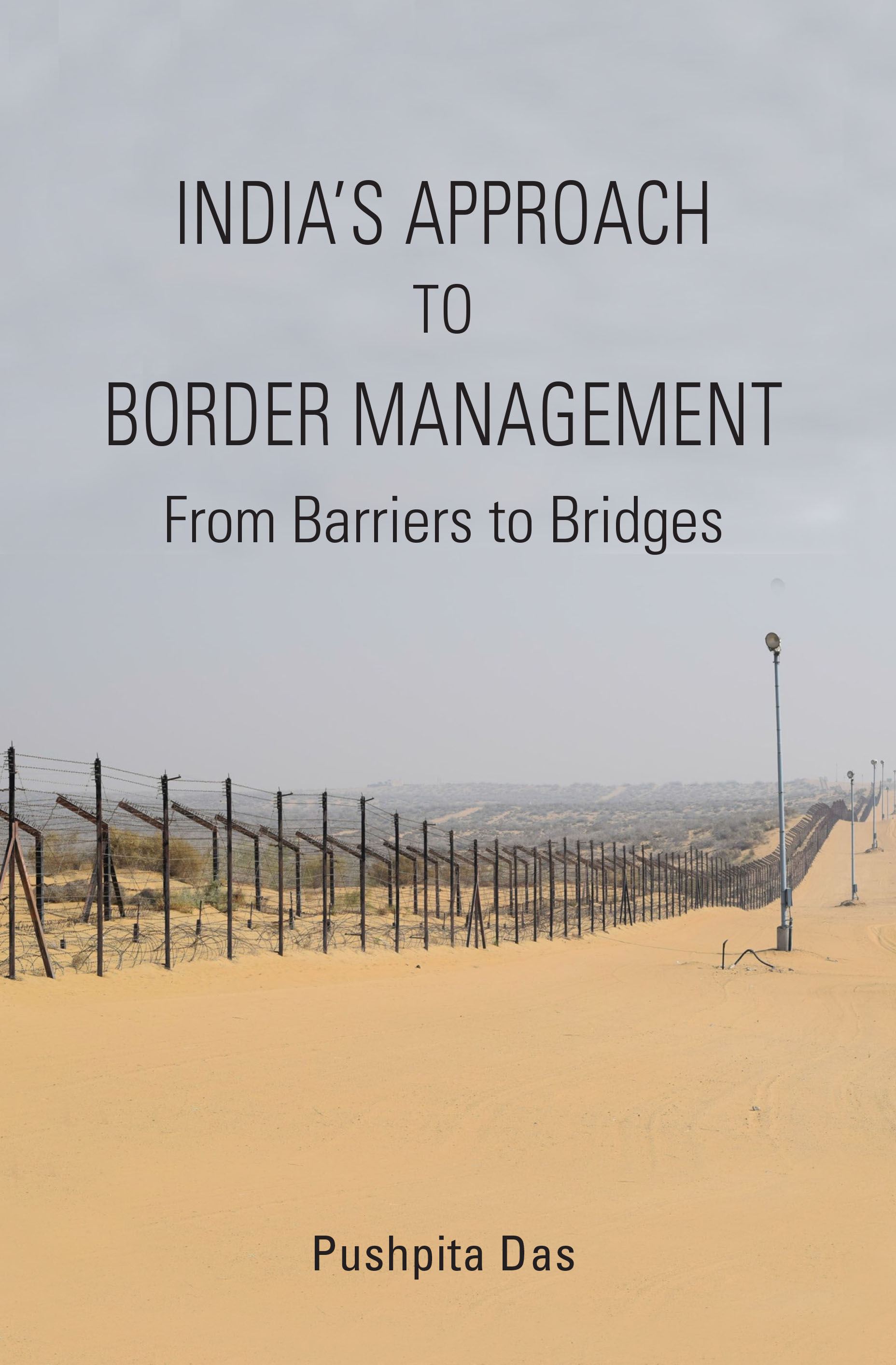Subjects
India’s Approach to Border Management: From Barriers to Bridges
DR. Pushpita Das
This book attempts to provide a comprehensive understanding of the circumstances which have shaped India’s approach towards its international borders and the framework it has developed to better manage its borders. The book argues that persistence of various cross-border threats and challenges and an absence of robust intra-regional trade among its neighbouring countries forced India to employ a security-centric and unilateral approach to border management with emphasis on hardening the borders to cross-border trade and travel and keeping the border areas underdeveloped to act as a buffer against external conventional threats. However, as India’s economy grew and the country gained more confidence and resources, India started perceiving the borders as bridges rather than barriers. Consequently, greater emphasis was being laid on development of border areas and restoring severed lines of communication with its neighbours through increased investments in building transportation networks both within the border as well as beyond. It also started constructively engaging its neighbours to effectively manage its international borders. Besides discussing the threats and challenges that India faces along the borders, the book aims to develop an understanding of India’s border management practices by analysing various programmes and initiatives such as the raising of border guarding forces; building of physical and electronic fences; the establishment of modern facilities for smoothening legitimate cross-border travel; the development of the border areas through special programmes; and increasing trade and connectivity as well as other cooperative bilateral mechanisms.


 Political Science
Political Science
